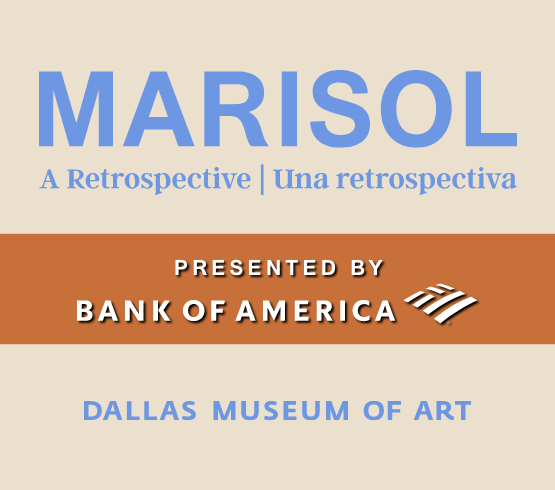Leonardo Drew combines hundreds of intricate handmade objects to transform the first-floor gallery at the Amon Carter Museum of American Art in Fort Worth into a multi-dimensional environment. Drew’s site-specific installation, on view through June 2024, occupies the wide hallway connecting the original 1961 building with the 2001 expansion. According to Curator Shirley Reece-Hughes, “It’s a tricky space.”
The Brooklyn-based artist is known for his powerful installations utilizing elements that appear initially to be found objects but are all actually fabricated in the studio. He manipulates wood, iron, cotton, paper, cardboard, and string by burning, oxidizing, and weathering them using various methods. Drew was raised in the projects of Bridgeport, Connecticut, next to the city dump, where fires were always burning. He spent hours among the massive piles of trash, an experience that is reflected in his transformation of raw materials into elegant assemblages that reference the cycle of life, death, and regeneration.
“We planned for three days of installation, but it was done in a day,” Reece-Hughes said. “Drew used a laser pointer and said, ‘I need that piece there.’ He enjoyed engaging with the museum’s art handlers. It’s part of his process.”

1 ⁄8
Leonardo Drew (b. 1961), Number 235T (detail), 2023, mixed media, courtesy of the Amon Carter Museum of American Art, Fort Worth, Texas, © Leonardo Drew.

2 ⁄8
Leonardo Drew (b. 1961), Number 235T (detail), 2023, mixed media, courtesy of the Amon Carter Museum of American Art, Fort Worth, Texas, © Leonardo Drew.

3 ⁄8
Leonardo Drew (b. 1961), Number 235T (detail), 2023, mixed media, courtesy of the Amon Carter Museum of American Art, Fort Worth, Texas, © Leonardo Drew.

4 ⁄8
Leonardo Drew (b. 1961), Number 235T (detail), 2023, mixed media, courtesy of the Amon Carter Museum of American Art, Fort Worth, Texas, © Leonardo Drew.

5 ⁄8
Leonardo Drew (b. 1961), Number 235T (detail), 2023, mixed media, courtesy of the Amon Carter Museum of American Art, Fort Worth, Texas, © Leonardo Drew.

6 ⁄8

7 ⁄8
Leonardo Drew (b. 1961), Number 235T, 2023, mixed media, courtesy of the Amon Carter Museum of American Art, Fort Worth, Texas, © Leonardo Drew.

8 ⁄8
Leonardo Drew (b. 1961), Number 235T, 2023, mixed media, courtesy of the Amon Carter Museum of American Art, Fort Worth, Texas, © Leonardo Drew.
Drew gave up painting and drawing in 1982 and spent the next seven years creating Number 8. He considers Number 8 to be the breakthrough piece that marked the beginning of his signature style. Composed of blackened skeins of rope, dead birds, animal hides, and carcasses suspended from large wood supports, Drew refers to it as “the mother,” the piece from which his subsequent work has evolved.
Reece-Hughes planned the Drew show to coincide with another show she curated, The World Outside: Louise Nevelson at Midcentury, which is at the Carter through January 7, 2024. “I don’t think Nevelson has gotten all that is due to her. She broke ground using found materials and working by hand. The viewer becomes part of Drew’s installation, a concept that Louise pioneered.
“Leonardo Drew is a critical voice in American art today,” Reece-Hughes continued. “His work explores the contradictory nature of American life in a way few others can, exploring the balance between seemingly competing dichotomies—chaos and order, violence and beauty, and destruction and creation.”
—DONNA TENNANT





